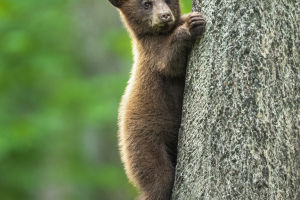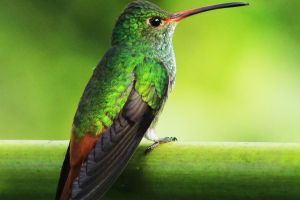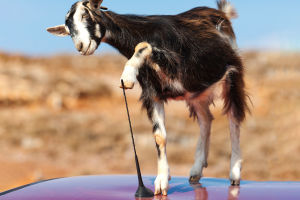Throughout the annals of human civilization, cohabitation with wild animals has epitomized a natural equilibrium.
However, as urban sprawl burgeons and resources dwindle, the symbiosis between humans and wildlife teeters on the precipice of tension.
Yet, within the sprawling labyrinth of Mumbai, India, a peculiar harmony unfolds— the intricate dance of cohabitation between humans and wild leopards.
Mumbai boasts one of the most densely populated leopard habitats globally, with over 30 leopards per square kilometre.
These majestic and resilient felines' decision to share their domain with humans amidst the cacophony of city life evokes profound awe. Nevertheless, this cohabitation ushers forth challenges and revelations for its residents.
For Mumbai's inhabitants, coexistence with leopards heralds a novel facet of existence. As night descends and residents traverse the city's arteries, an undercurrent of trepidation often accompanies the proximity to wild beasts.
However, it also fosters a profound reverence for the natural world. Within Mumbai's confines, residents must cultivate an ethos of respect for the wildlife's habitat and learn to harmonize their lives alongside these creatures.
This necessitates implementing measures to circumvent direct encounters with leopards while safeguarding the welfare of oneself and one's kin.
Moreover, for scientific scholars, Mumbai's leopard populace proffers an unparalleled subject of scrutiny.
Scholars glean profound insights into the nuances of human-wildlife coexistence by meticulously observing and analysing urban leopards' behavioural patterns and habitat utiliutilization human interactions.
Their endeavours safeguard these invaluable animal reservoirs and provide invaluable enlightenment and counsel for human society.
Furthermore, leopards in Mumbai have burgeoned into a quintessential facet of local culture and tourism. Hordes of tourists flock to the city, yearning to behold these enigmatic and resplendent creatures firsthand.
Consequently, the local tourism sector burgeons, catalyzing the realization that wildlife conservation epitomizes not solely a moral imperative but also an economic boon.
However, notwithstanding the plethora of newfound experiences and trials accompanying cohabitation with leopards, the journey is fraught with obstacles.
The unceasing expansion and harmful impact of human activities have exacted a profound toll on leopard habitats, imperilling their existence. Concurrently, conflicts and occasional mishaps with leopards engender disquietude and consternation among residents.
Thus, while the juxtaposition of leopards and humans in Mumbai is extraordinary, achieving genuine concordance necessitates concerted endeavours from all stakeholders.
Governments must bolster wildlife preservation and habitat rehabilitation initiatives, communities must heighten awareness and reverence for wildlife, and scholars must intensify their research and surveillance to efficiently manage and safeguard these precious biological assets.
In Mumbai's characteristic milieu, the saga of leopard-human coexistence embodies the promise of harmonious cohabitation between humanity and the natural world while also serving as a poignant reminder of the imperative to preserve wildlife and ecological sanctity.
May we collectively endeavour to transform this world into a sanctuary for humanity and wildlife, thereby nurturing a milieu wherein our progeny can flourish amidst the symphony of nature.


